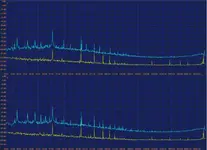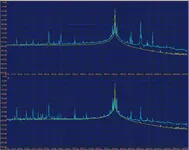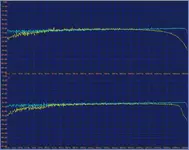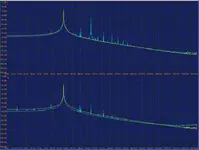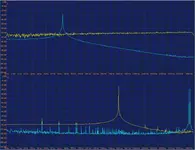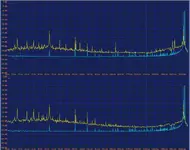What I'm trying to get at is, and I'm not sure how to clarify, so please bear with me, . . .
I hear and feel a fullness and depth and a complete range of frequencies from tape and vinyl sources that I don't hear from CDs, and it seems to me that if I really am hearing it, and not imagining it, then the speakers are also reproducing a wider, fuller range of frequencies. . .
I understand that a high digital sample rate should be a truer representation of the source material. . . But it seems to me that something, somewhere in the digital process, whether it happens in the mastering studio or what, I don't know, it seems to my ears, and my brain and my body, that digital media doesn't reproduce the whole range of frequencies, but "just enough" to satisfy the average listener, etc. .
For an example, years ago I was listening to a Pat Benatar Greatest Hits that I happened to have on cassette and CD. . The difference between the two was HUGE. HUGE> . . . My room was rocking with the tape going. But it was just loud music on CD. . . But why?
And yes, the harshness, and the brittle highs that digital reproduces should really be unacceptable, but somehow it has become acceptable. . .



